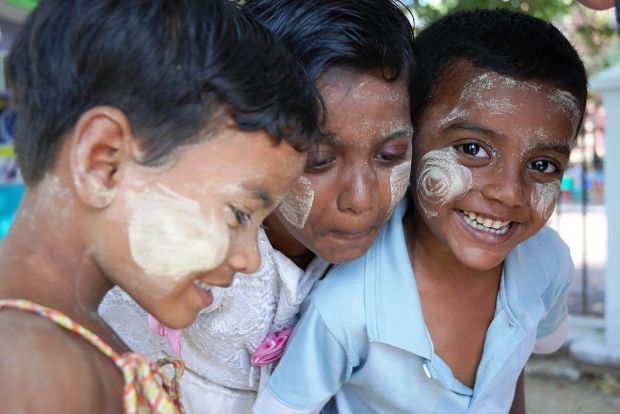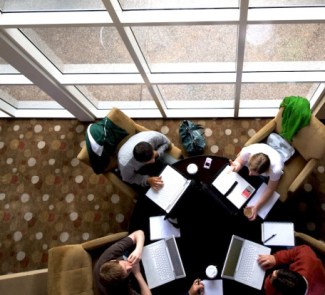Crowdfunding platform initiatives are not always about the latest technological advances or interesting scientific projects. Sometimes the social side sees the light, and that’s when projects related to education or health make their way into the world of crowdfunding.
Recently, Crowdfunding is helping more projects and ideas to see the light thanks to collective financing initiatives. Through this novel way of getting financial support for projects, ideas related to space exploration, 3D printing and biomedicine have seen the light.
However, projects born thanks to crowdfunding are often unknown to the vast majority of society. Now, though, the development of a wide variety of crowdfunding platforms like Kickstarter or Indiegogo makes using this kind of tool increasingly easy.
Crowdfunding for a better society
Perhaps the least well known side of crowdfunding is its inevitable social aspect. The fact is that collective funding is not only used to raise money, but also to generate commitment and participation among the users who choose to support a project.

To prove it, today we are presenting three crowdfunding-related initiatives that attempt to build a better society. Whether in the medical, educational or social field, collective financing can help spread ideas that make our world a better place.
Help for Ashana to go to University
 In places where education is public we sometimes do not value the importance and the effort involved in accessing university studies.
In places where education is public we sometimes do not value the importance and the effort involved in accessing university studies.
However, there are many corners of the world where it is not easy to access higher education. This is the case of Ashana, who intended to enter university to become a great developer in a Silicon Valley company.
Her initial campaign goal was to achieve $ 2,000, and the crowdfunding initiative was successful: Ashana has obtained six times more than the amount required, and she can now begin her studies in computer science.
Collective funding in the health area
The last two initiatives we will mention are related to the biomedical field. But Nate, Chris and Anna’s story has little to do with Tara’s. In the first case, their project seeks to help people who have suffered an accident or trauma to access the most cutting-edge rehabilitation programs.
The YouTube ID of e is invalid.They seem to have convinced the public because, like Ashana, they have managed to exceed their proposed target of $ 5,500. Sadly, this was not the case for a project launched on Kickstarter seeking funds to publish a book about Tara, a girl with a brain tumour. Tara’s father decided to tell the story in published form but, unfortunately, the support they got was not enough and the campaign has been cancelled.
These initiatives teach us about the social side of collective financing. It is clear that crowdfunding is not limited to providing financial support for a project, but also ensuring that the project is designed by and for society. How could it be any other way?









